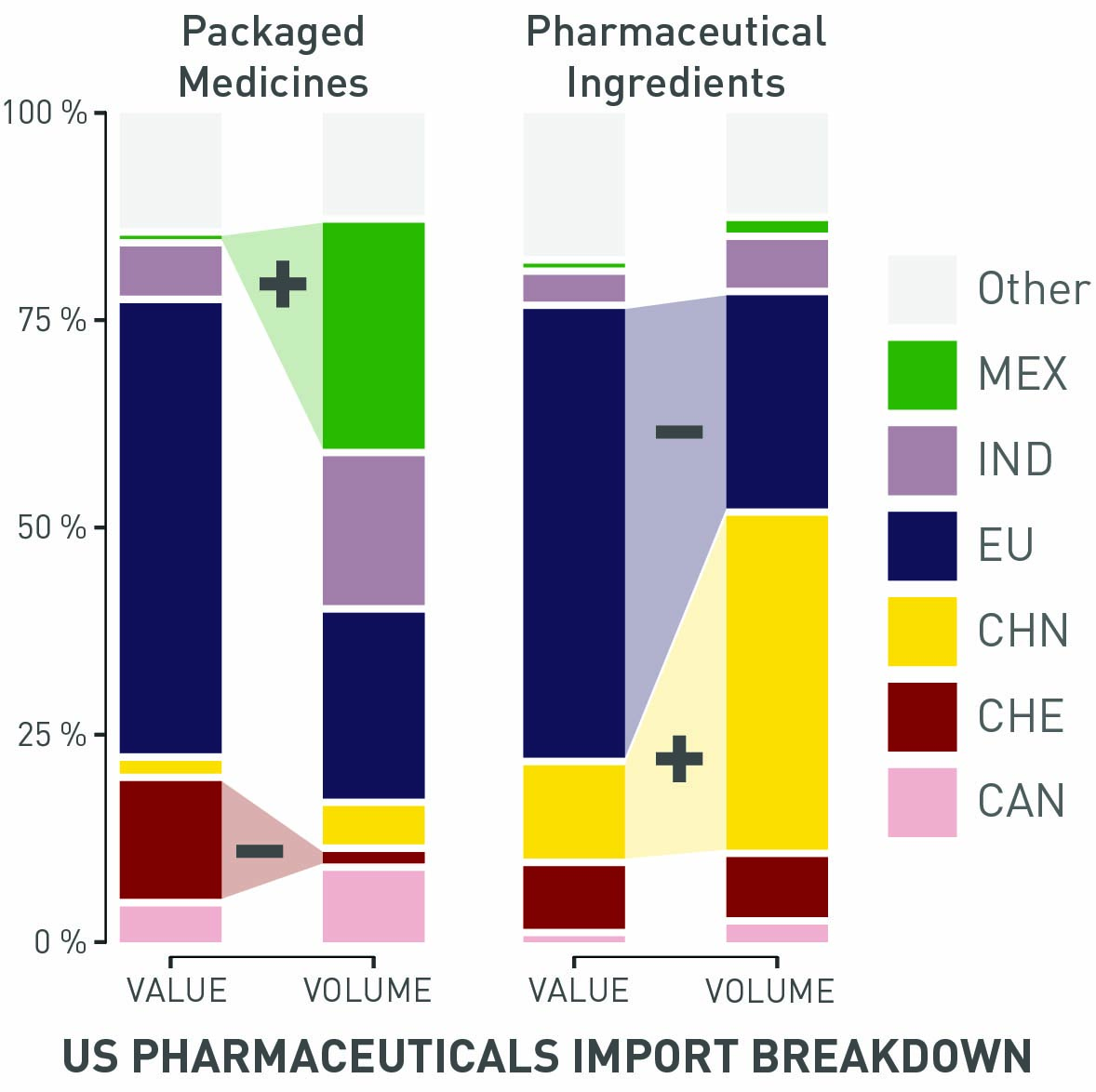Supply-chain vulnerabilities in critical medicines: A persistent risk to pharmaceutical security
Science (2025)
with Giona Casiraghi, Georges Andres, Frank Schweitzer and Luca Verginer
DOI Link Bibtex
Abstract
Asymmetries in the global supply chain expose countries to systemic vulnerabilities that require investment in visibility, coordination, and resilience In 2025, the US administration announced broad tariffs against key trading partners, and pharmaceuticals have emerged as a potential next target. This would represent a marked shift from long-standing commitments under the 1994 Agreement on Trade in Pharmaceutical Products, which eliminated tariffs on a wide range of essential medicines. Although specific trade measures continue to evolve, the incident highlights a broader and persistent problem: The global supply chain for critical medicines is structurally fragile. Trade policies such as tariffs are not the cause of these vulnerabilities. Rather, they exacerbate them. Although shortterm measures can alleviate immediate disruptions, they cannot address deeper structural vulnerabilities. The tensions spurred by US tariffs present an opportunity to reassess pharmaceutical supply-chain resilience. Rather than retreating into isolationism, the focus should shift to improving systemic resilience through collaboration, transparency, and targeted investment. Visibility into opaque global supply chains is the necessary foundation to build long-term resilience.